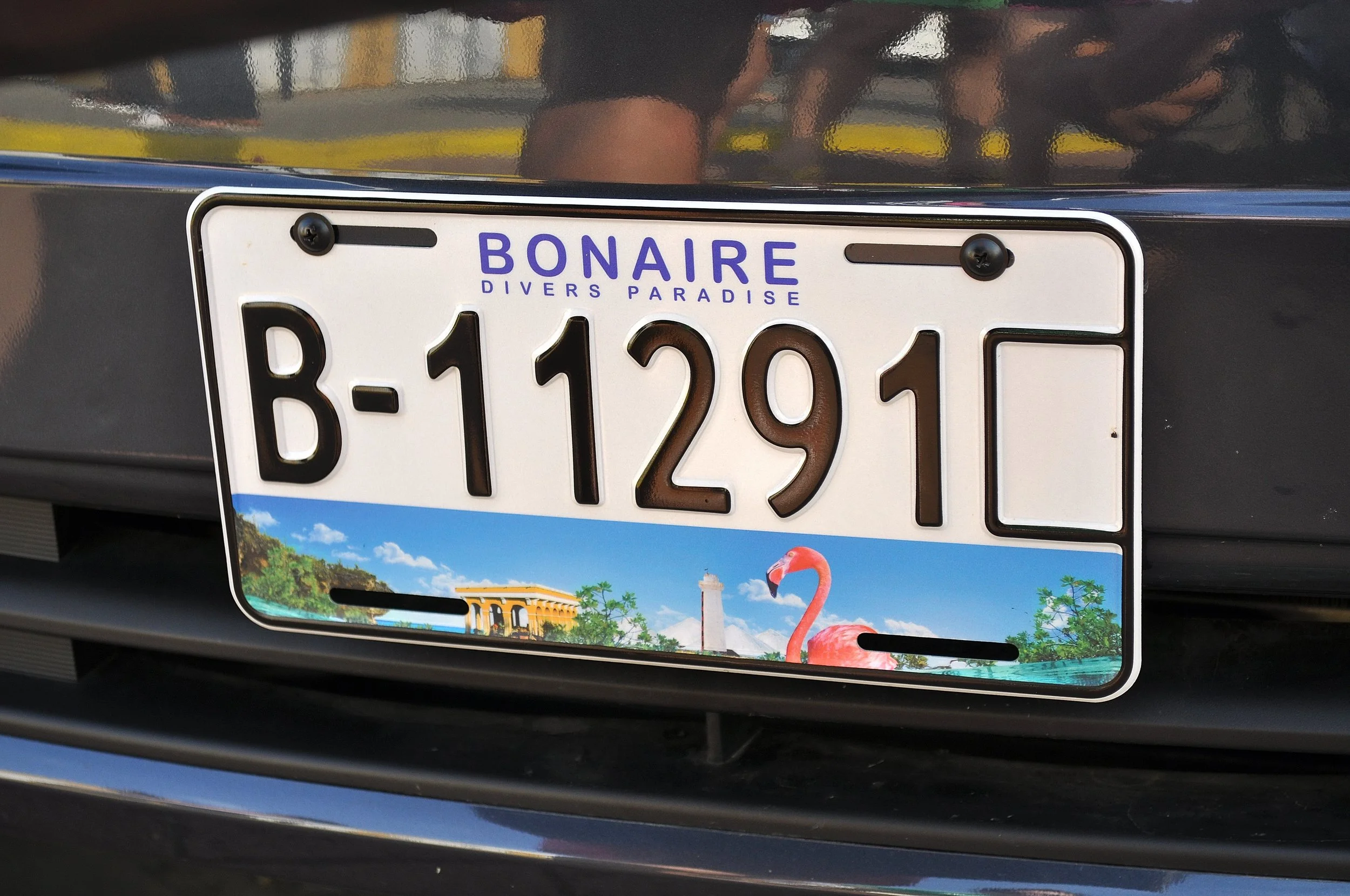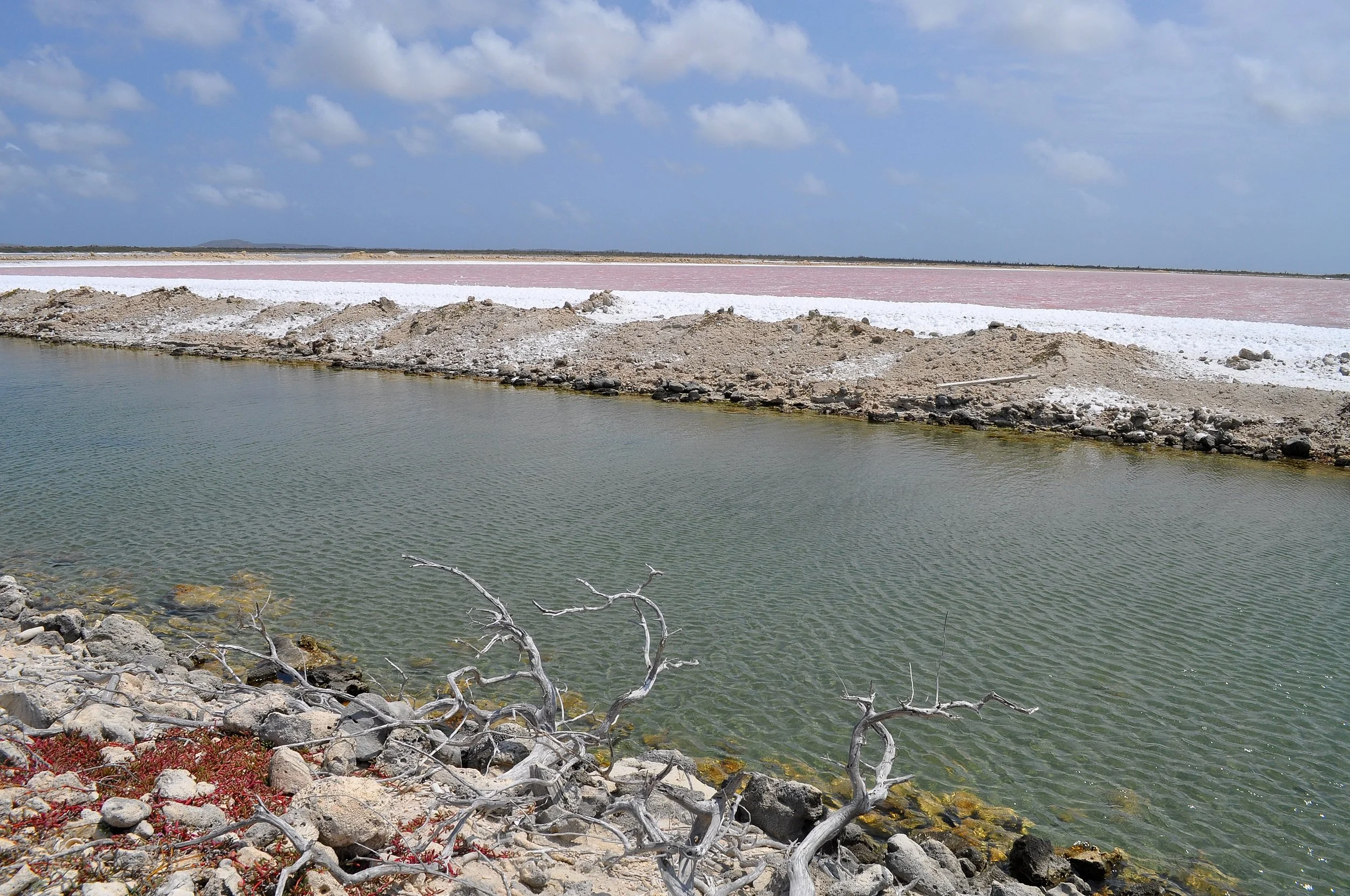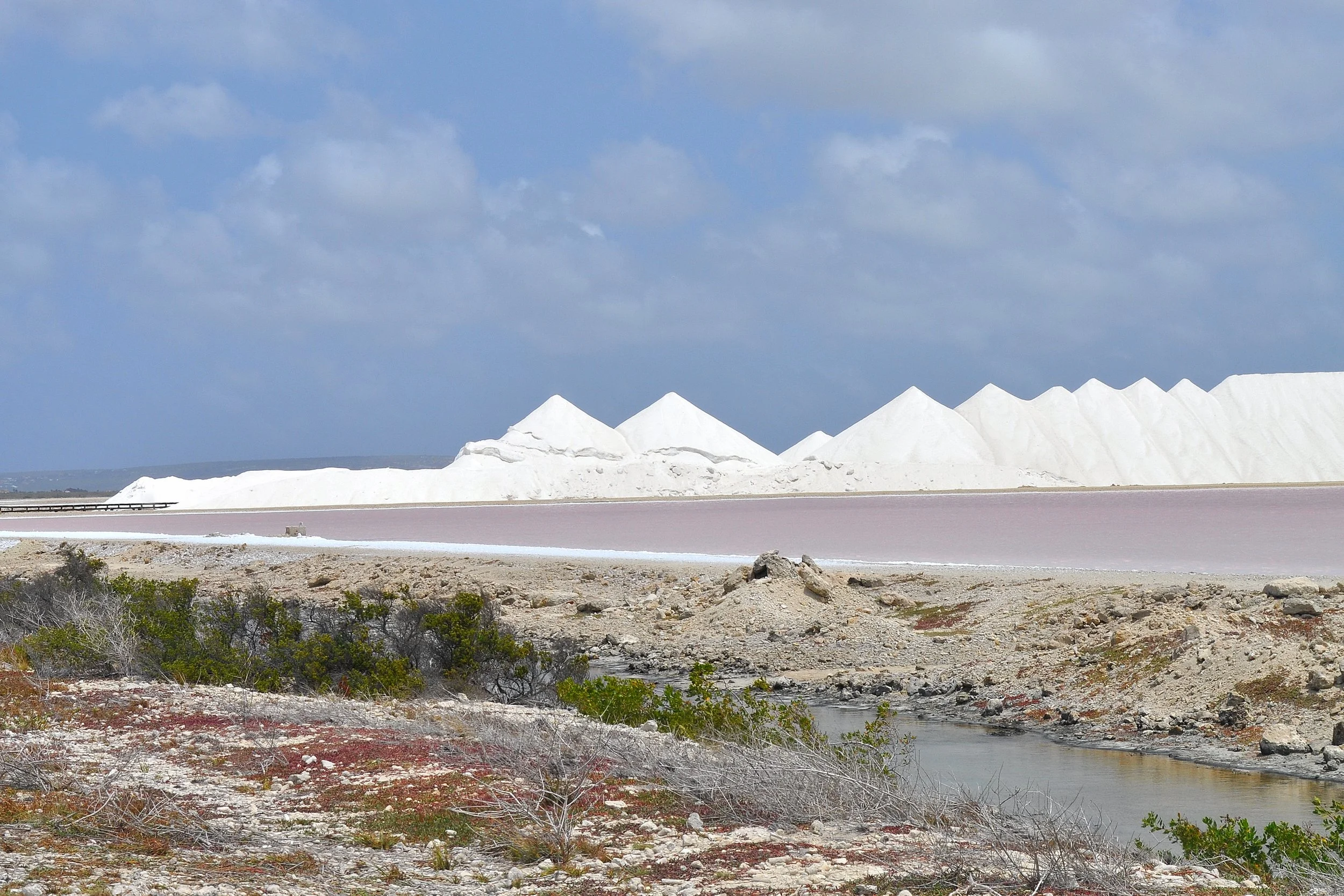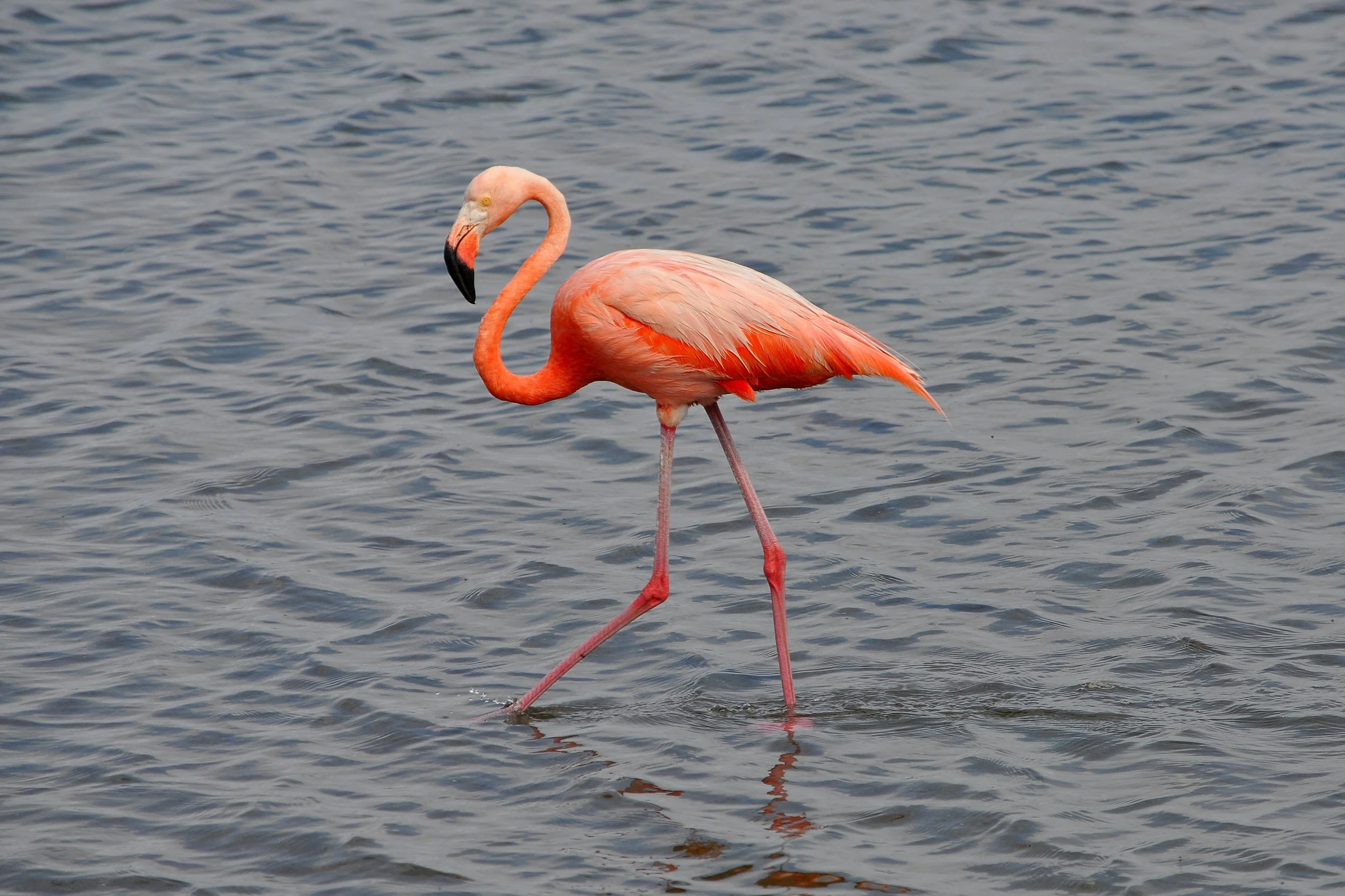Bonaire: nature and tranquility
Angela: the night passes peacefully on board as the ship sails through a deep blue stretch of sea. In the morning, Bonaire, the second island of our journey, appears before us.
Piero: it is the calmest and most authentic of the three, a place where nature still rules everything. Even from afar, you can see the rugged coastline and turquoise lagoons, home to flamingos and turtles.
Angela: the history of Bonaire begins long before the arrival of Europeans. The first inhabitants were the Arawak natives, who came from South America over a millennium ago. They left rock paintings in the Onima and Spelonk caves, still visible today.
Piero: then, in 1499, Alonso de Ojeda arrived here as well, the same explorer who reached Aruba. The Spaniards took possession, but finding neither gold nor valuable resources, the island was used mainly for grazing and timber collection.
Angela: by the mid-17th century, the Dutch arrived, turning it into a commercial base and, above all, a center for salt production. This activity deeply marked the island: even today, the large pink salt flats in the south are among Bonaire’s most iconic images.
Piero: and with them, unfortunately, comes the memory of slavery. African slaves worked in the salt flats under a relentless sun, sleeping in tiny stone houses that can still be visited today, restored as a testimony to the past.
Angela: today, Bonaire tells a completely different story. It is an extraordinary example of sustainable tourism, with special attention to protecting the sea. Already in 1979, the Bonaire National Marine Park was established, safeguarding the entire island’s coral reef: over 80 coral species and more than 400 types of tropical fish.
Piero: our day begins in Kralendijk, the small capital. The pastel-colored houses and relaxed atmosphere immediately give the impression of being in a village where time flows slowly.
Angela: we rent a jeep and head south along Pink Beach, where the sea shifts from turquoise to fuchsia. Then we reach the Pekelmeer salt flats, with thousands of flamingos walking in the shallow water.
Piero: the colors are unreal: the blue of the sky, the pink of the salt, and the dazzling white of the crystal mountains. Just a little further on, the Slave Huts, the small houses of the enslaved workers, recall the harshest part of the island’s history.
Angela: in the afternoon, we stop at Sorobon Beach, on Lac Bay, a protected lagoon perfect for windsurfing. Here the sea is shallow and calm, and the water feels as warm as a bath.
Piero: those who love snorkeling will find paradise: the corals are very close to the shore, and fish swim among the legs of bathers. It feels like being inside a natural aquarium.
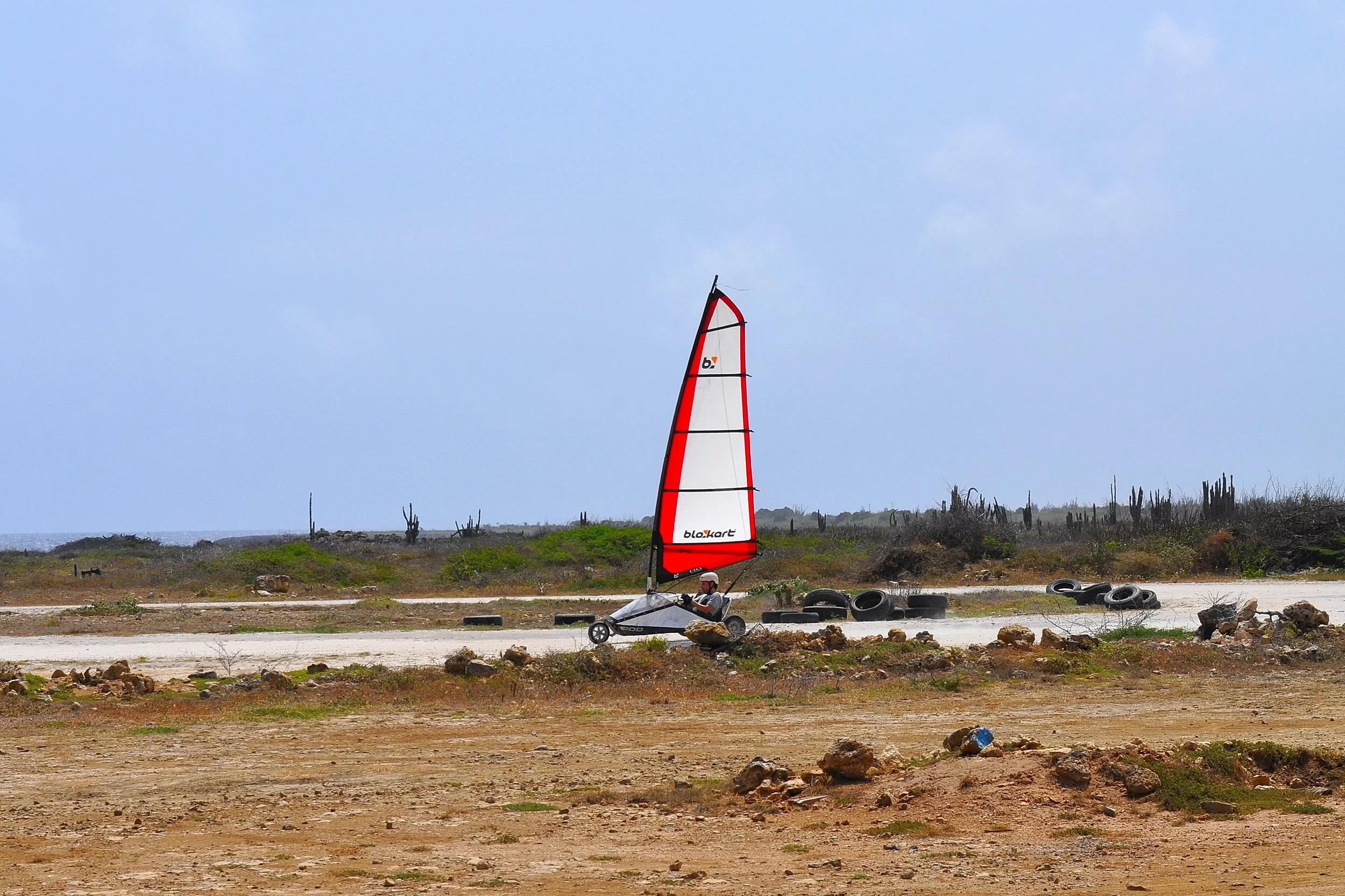

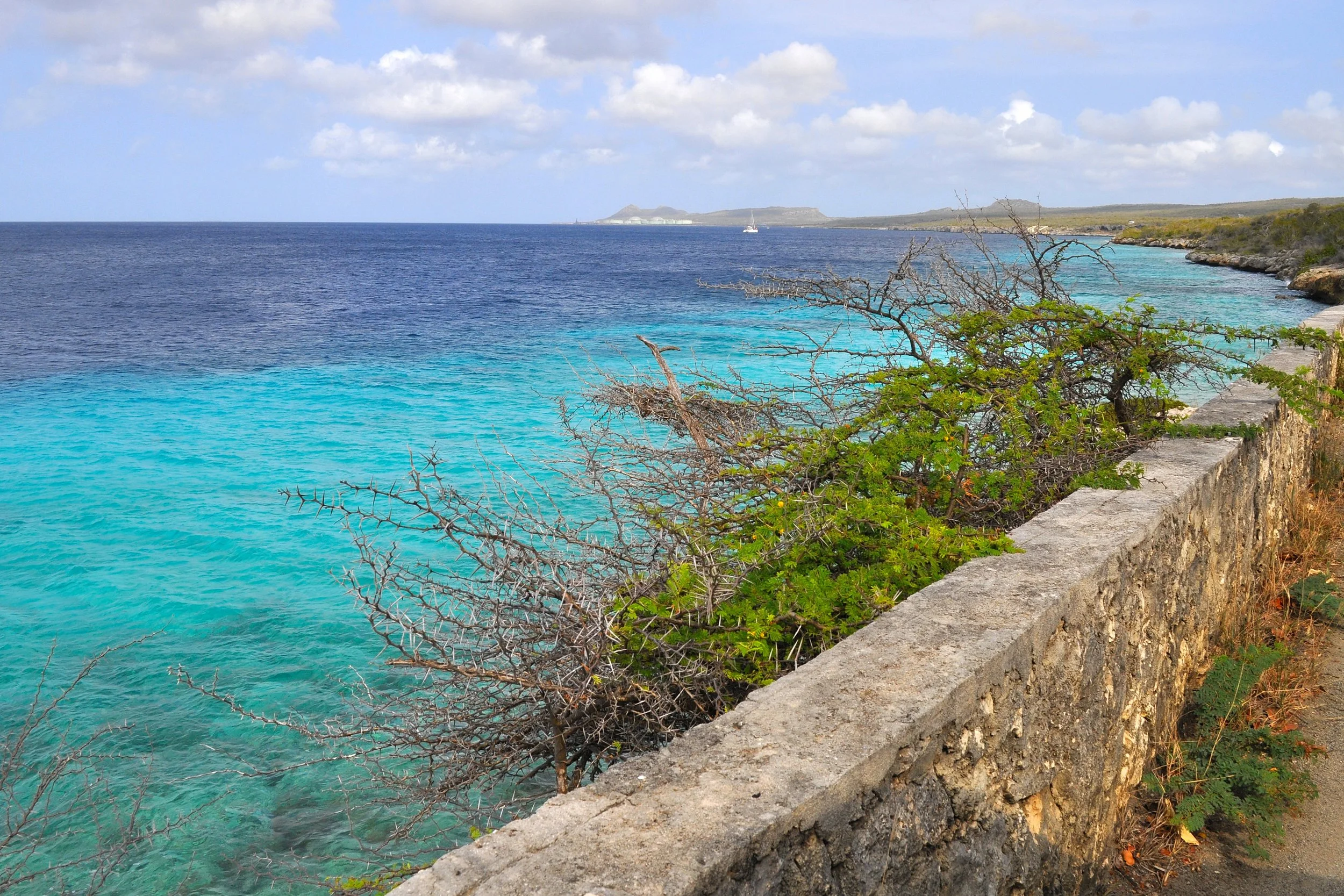







Angela: but the real jewel lies just offshore: Klein Bonaire, a small uninhabited island reachable by boat. It’s a protected reserve, with white sand and some of the most beautiful seabeds in the Caribbean.
Piero: towards evening, we return on board, our skin golden from the sun and our eyes full of images that won’t fade. Bonaire is an island that doesn’t try to impress, yet it does, with its simplicity and respect for nature.
Angela: it is the green heart of the Dutch Antilles, a place where humans and the sea coexist in harmony. And as the ship slowly sets off toward Curaçao, it’s easy to think that, in a world that rushes, islands like this still teach the value of slowing down.

